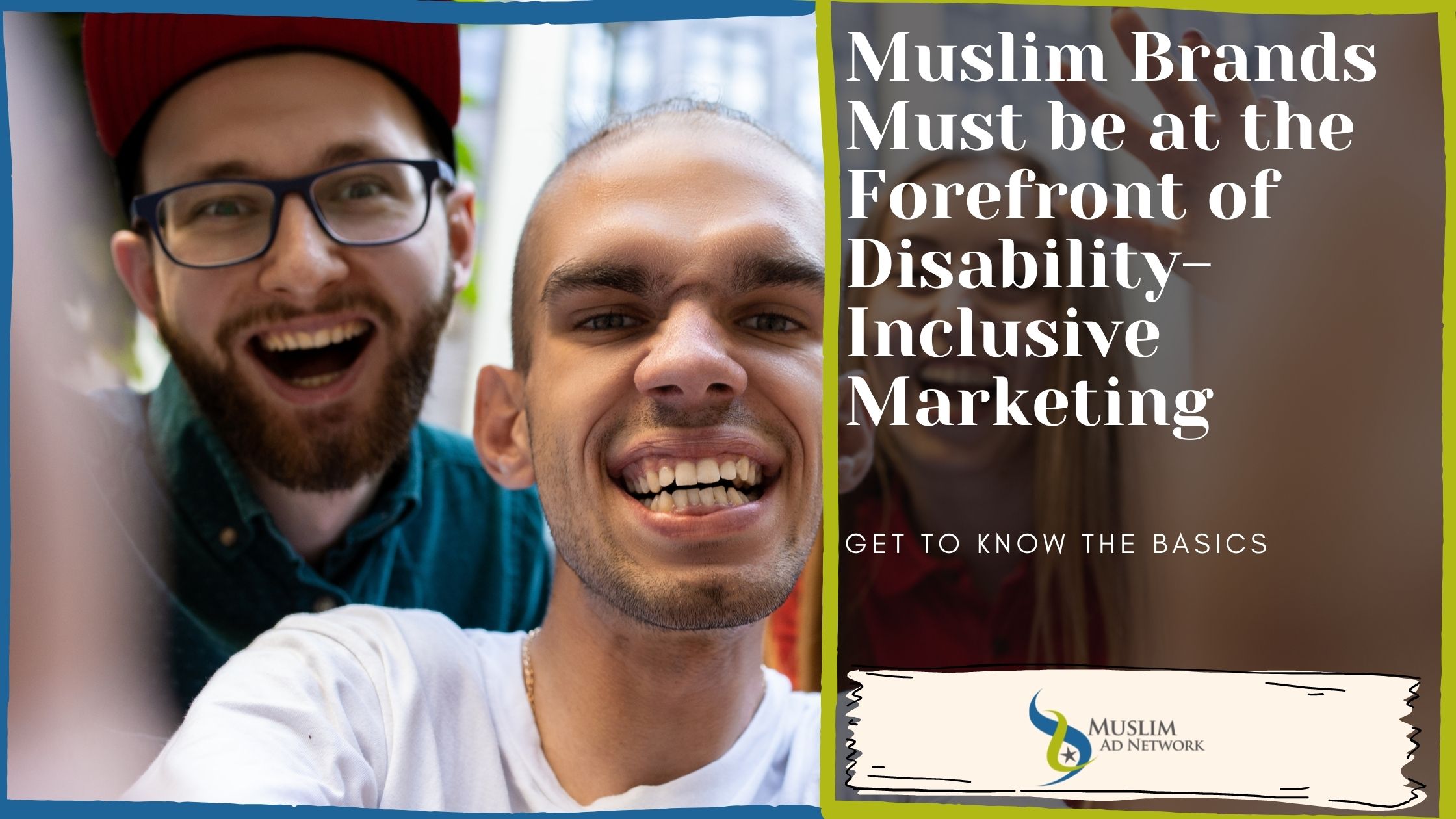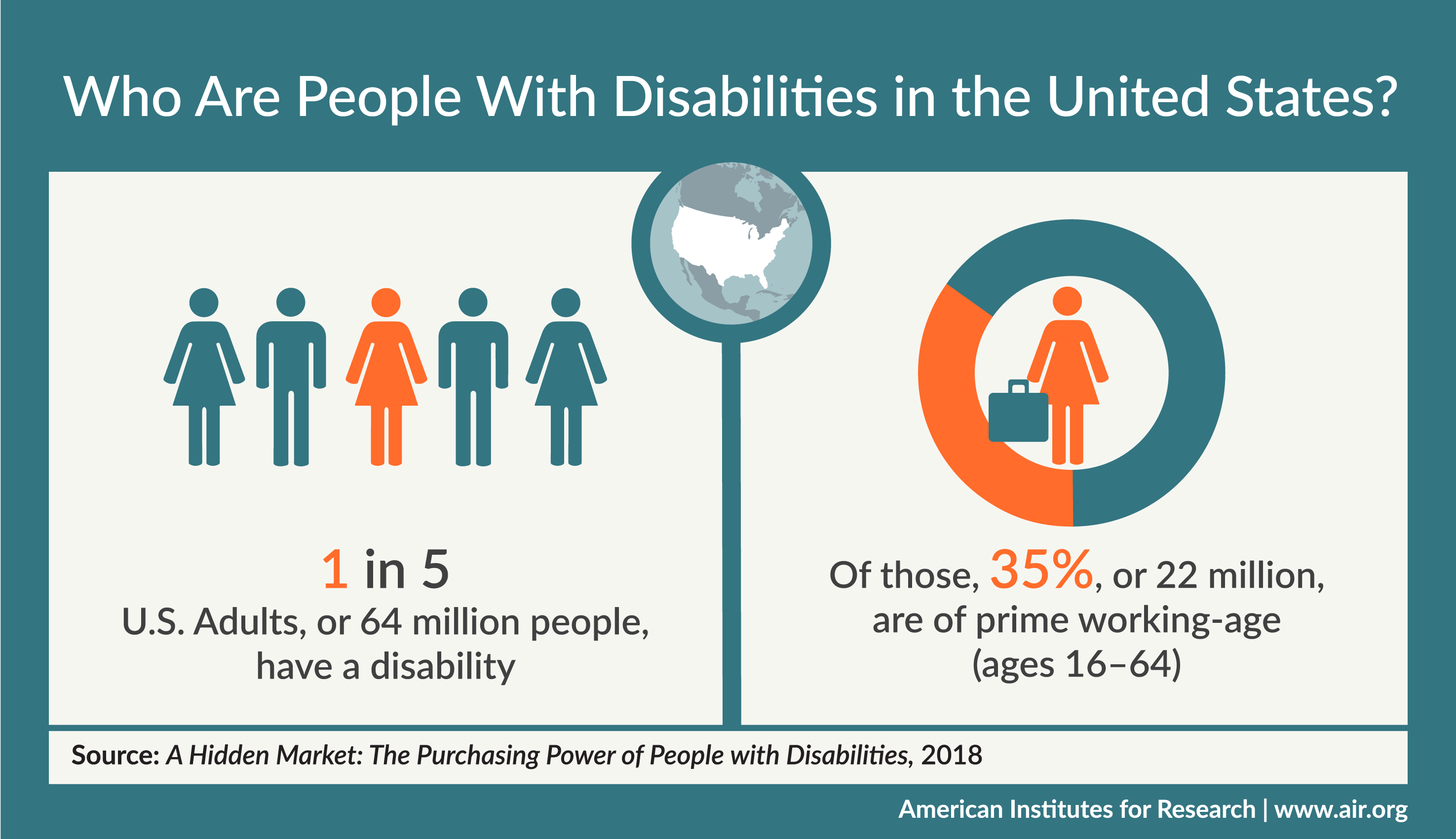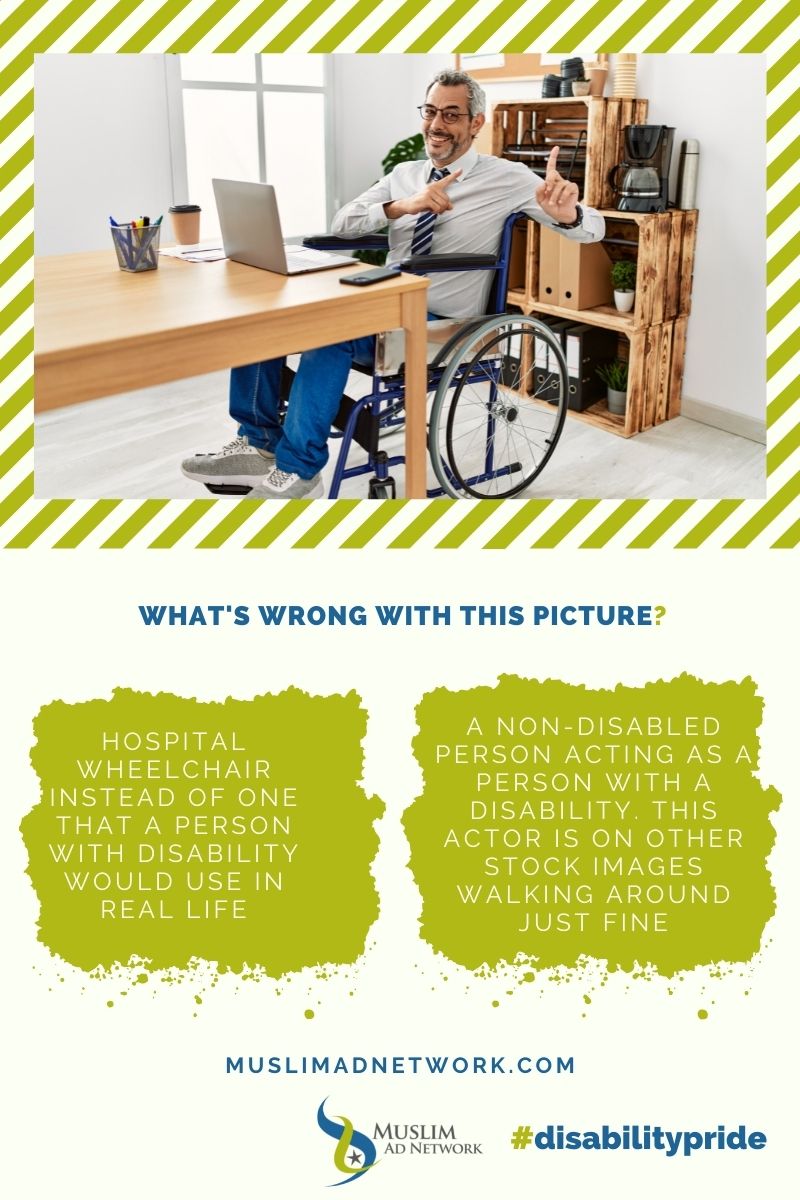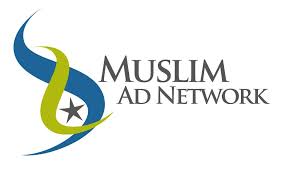
The definition of disability under the UK Equality Act 2010:
You’re disabled under the Equality Act 2010 if you have a physical or mental impairment that has a ‘substantial’ and ‘long-term’ negative effect on your ability to do normal daily activities.
People with disabilities are the largest and most diverse minority globally. Disabilities are represented by all ages, races, ethnicities, religions, and socio-economic backgrounds.
The World Health Organization reports that one billion people or 15% of the world population has some kind of disability.
According to Google:
Disability-inclusive marketing is built on the premise that marketing should represent and be accessible to all people with or without disabilities. Not only is including people with disabilities the right thing to do, but it also makes marketing more authentic.
Islam’s Approach Towards Disability
In 2012, the International Journal of Adolescence and Youth published the article, Islam and the Cultural Conceptualisation of Disability which provided “ … an analytical perspective of Islamic philosophy on disability by examining some texts from the Qur’an and Sunnah…”.
This section of our article will be mainly based on this publication.
The article explains Islam’s positive outlook towards people who incur a more challenging way of life, including those with disabilities. Islamic sources of revelation, the Quran, and the Sunnah, declare the existence of disabilities as a natural part of human nature.
Early Muslim Tradition and People with Disabilities
Muslim leaders from early Islamic tradition were very conscious of people with disabilities. They were proactive in providing care and accessibility. Accessibility is a subject that we will dive deeper into later on.
In the biography of the Prophet (peace be upon him), we learn that Ibn Umm Maktum, who was blind, was given the important position of calling Muslims to prayer. On more than ten occasions, the Prophet (peace be upon him) put him in charge of Medina when he, the Prophet, was out of town.
This custom of inclusion became part and parcel of Islamic tradition; demonstrated by incidents after the Prophet’s (peace be upon him) death.
Take for instance Omar Ibn Al-Khattab, the third caliph of the Muslim nation. He provided a blind man with housing near the mosque when the father of the blind man told him about his son being unable to reach the mosque.
Another example, mentioned in the same publication, is Walid ibn Abd al-Malik, a Muslim caliph belonging to the Umayyad Caliphate. He “established the first care home for intellectually disabled individuals. He also built the first hospital which accommodated the intellectually disabled as part of its services. He also assigned each disabled and needy individual a caregiver”.
Islam and Inclusion of People with Disability
Muslims understand the rights of disadvantaged people – the poor, needy, sick, people with disabilities, etc. – and this needs to be part of how a Muslim runs his business also.
Inclusion is also another example of Islam’s concern for those who are in a disadvantaged situation… Since disadvantaged individuals may also be withdrawn, isolated, pessimistic, and are perhaps more likely to suffer from psychological illness, including disabled people in social occasions, such as visits and marriage, is highly encouraged in Islam.
Source: Islam and the Cultural Conceptualisation of Disability
In the case of services, products, and communication, this would mean proper representation and accessibility.
Disability-Inclusive Marketing: Why it’s Important for Muslim Brands
Business Opportunities
Apart from the main issue – the spiritual side of the coin and the responsibilities we have as Muslims towards people with disabilities- there is also an immense business opportunity.
Here are two key findings by the American Institute of Research (AIR) in a 2018 report titled, A Hidden Market: The Purchasing Power of Working-Age Adults With Disabilities:
- The total net disposable income for people with disabilities is about $490 billion, which is similar to that of other significant market segments, such as African Americans ($501 billion) and Hispanics ($582 billion).
- Discretionary income was $21 billion, which is greater than that of the African-American and Hispanic market segments combined.
In another report, the AIR explains that “there are about 64 million people with at least one disability in the U.S. and approximately 35 percent of this population is of working age (ages 16-65)…”.

Big Brands and Disability-Inclusive Marketing
Big brands have started demonstrating how being inclusive benefits both people with disabilities and the bottom line at the same time. Nike is an awesome example of this.
On the 1st of February, 2021, they announced a new tech-inspired by a fan on Twitter who has cerebral palsy. Matthew Walzer, who describes himself as an advocate for people with disabilities on his Twitter account, wrote a letter to Nike asking for an accessible shoe design for those who struggle with tying laces.
Nike unveiled their first hands-free shoe: the Nike GO FlyEase after reading Matthew’s letter.
The response from different communities and the world at large is a positive sign for brands aiming to make their products and services more inclusive. Muslim brands should be at the forefront of such a movement and must not be left behind.
How to do Disability-Inclusive Marketing the Right Way
There are two main aspects of disability-inclusive marketing that you need to master:
- Accessibility for People with Disabilities
- Inclusive Marketing for People with Disabilities
Accessibility for People with Disabilities and the ADA
The United States Department of Justice released specific guidelines in 2010 for all public organizations to become accessible to people with disabilities: the “Americans with Disabilities Act” (ADA).
The ADA includes all disabled people who use computers and smartphones.
The ADA is obligatory to all electronic information and technology, the world wide web, all its websites, and apps. ADA compliance applies to virtually all businesses and web developers.
The European counterpart is known as the European Accessibility Act which is defined as “ an anti-discrimination law that would apply to public services and products from private businesses”.
Source: EU Web Accessibility Compliance and Legislation
In the United States, the lawsuits related to the Americans with Disability Act (ADA) compliance rose by 23% around all online platforms including web, app, and video in 2020.
“In 2016, Domino’s was sued for failure to make their website and mobile app accessible with assistive technology. In response, Domino’s appealed the case to the Supreme Court on the basis that there were no clear rules for how to make their services accessible, but their request was denied. This decision made headlines as it exemplified that lack of accessibility knowledge does not exempt businesses from the requirement to provide equal access to their products and services to people with disabilities.”
Source: Siteimprove
So make sure you are well-versed in all ADA aspects.
If you want to make your website ADA compliant please read Is Your Website ADA Compliant? by Business News Daily. For Mobile Apps, you can read the 6-Step Mobile App Accessibility Checklist.
Inclusive Marketing for People with Disabilities – Dos and Don’ts
Underrepresentation of People with Disabilities
The Geena Davis Institute on Gender in Media found in a study that “characters with disabilities make up only 2.2% of characters in 2019 ads”. In the United States, 26% of the population is disabled but they are represented only in 1% of primetime ads.
It’s time for brands, especially Muslim brands, to stand up and be counted. Given the emphasis on the inclusion of disadvantaged people in Islam, based on the examples we mentioned earlier, Muslim brands must be at the forefront of disability-inclusion marketing.
Think with Google advises the following:
“From ideation to launch, marketers must bring the perspectives of disabled people into the creative process to guide storytelling and content. Seek out opportunities to convey that people with disabilities use your products, and make sure that only disabled actors are cast to play disabled characters.”
Source: Think with Google
This is in line with what we mention about mainstream brands looking to create Muslim-friendly products or simply wanting to advertise to Muslims. A great example of this is how Under Armour worked with Muslim women from the ideation stage all the way to production and retail when creating their new sports hijab in 2020.
Disability-Inclusive Marketing Best Practices

Here is a rapid-fire best practice list for disability inclusion for marketing and advertising based on experts and disability rights movements:
- Remember that disability transcends race, gender, socioeconomic status, etc. so represent accordingly.
- Avoid having your media representation of people with disabilities feed into negative or harmful stereotypes.
- Avoid what is known as “inspiration porn”. This would include any media portrayal with the following aspects:
- Exaggerated sentimentality
- An uplifting moral message for non-disabled viewers using people with disability
- Objectifying people with disabilities even when they are named.
- Avoid only focusing on physical disability.
- Represent people with disabilities in everyday situations, in school, at work, in the community.
- Learn and educate your marketing team about disability pride language so you can avoid offensive terms like “demented person” and instead use terms like “person with dementia”.
- Keep in mind that disability inclusion groups strongly advocate for disabled roles to be played by disabled actors.
- Emphasize independence and don’t always depict people with disabilities with a caregiver.
- When depicting people in wheelchairs, show wheelchairs that people with disabilities use in their daily life. Many stock images and videos default to hospital wheelchairs.
- Partner with influential creators from the community of people with disabilities.
- Involve your brand with the community of people with disabilities and get to know their (media) needs.
- Have a look at some useful resources on the Disability: IN website.
Muslim Ad Network is committed to keeping you informed about the most important aspects and trends of marketing and advertising. This passion is grounded in the desire to help businesses and organizations achieve their goals. At the core of all this is MuslimReach™, our ad targeting technology that gives us the ability to serve ads to Muslim consumers in ways no one else can.
start targeting muslim consumers